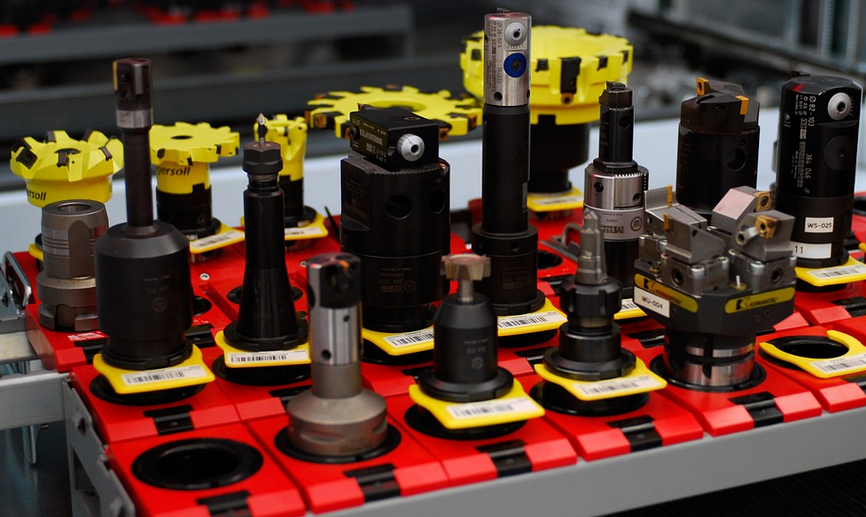Part 1: The Foundations
So, you’ve created some awesome 3D models in Blender and you’re ready to share them with the world of Roblox. It’s a whole new adventure, full of vibrant worlds and exciting possibilities. But before we dive into that, let’s lay down some groundwork.
Understanding the Difference
Before we start, it’s important to understand the fundamental differences between Blender and Roblox. Blender is your master sculptor, a 3D world builder where you craft everything from characters to landscapes. Roblox, on the other hand, is a platform built for user-generated creation. It’s like a giant playground where players can interact with each other and build their own worlds.
The Key: Importing Models
The heart of this process is the “import” feature in Roblox Studio. This tool allows you to bring your Blender creations over into Roblox, making them playable within your games. You might be wondering, what exactly happens when you import? Let me give you a quick run-down.
When you import a model from Blender into Roblox Studio, the platform automatically creates “object” files in .fbx format that seamlessly integrate with the Roblox world-building tools. Essentially, you’re essentially moving your 3D models from Blender to Roblox and then bringing them to life within Roblox.
Part 2: Prepping Your Models for Import
Before we get into the exciting part of importing your Blender creations, it’s crucial to prepare your models for a smooth sail. This ensures that the import process goes as smoothly as possible.
First and foremost, you need to export your 3D model from Blender in the correct format. Most popular choices include .fbx (a widely used file type for game development) or .glb (an open-source general-purpose file format).
Optimizing for Roblox Performance
Now, let’s talk about optimizing your models for the Roblox platform. It’s all about making sure everything runs smoothly and doesn’t bog down the game.
To achieve this, it’s crucial to adjust your model size, ensure smooth texture details, and optimize your model’s geometry. A high polygon count will make importing a bit challenging but you can always reduce the number of polygons (simplifying).
The Import Process: A Step-by-Step Guide
Here’s a step-by-step guide to help you master the art of importing your Blender models into Roblox Studio:
1. **Open Roblox Studio:** Launch the Roblox Studio application, and you’ll be greeted by the familiar interface. 2. **Go to “Assets”:** In the main menu, navigate to “Assets.” This is where you will upload your 3D models. 3. **Create a New Folder:** Make a new folder for your model within Roblox to keep things organized and easily accessible. 4. **Upload Your Model:** Now, drag and drop your .fbx or .glb file into the designated folder. 5. **Validate Model:** You can use Roblox Studio’s built-in validation tool to ensure that your model adheres to the game’s technical specifications (this ensures there are no errors during the import process). 6. **Apply Textures:** If you have texture maps in Blender, upload these directly. They will be applied automatically when importing into Roblox.
Part 3: Testing and Finalizing Your Model
Once your model is imported, it’s time to give it a real-world test run. It’s like bringing your creation to life in the digital world.
You can start testing your model by navigating through the game’s world and exploring it from different angles to ensure that everything looks exactly as planned. Also, make sure to test for any potential glitches or errors when interacting with the model within Roblox Studio.
It’s all about making adjustments, tweaking details, and ensuring your model truly feels like a part of the Roblox experience.
Wrapping Up: The Joy of Bringing Your Ideas to Life!
Congratulations! You’ve successfully brought your Blender models into the world of Roblox. Now it’s time to unleash your creativity and start building amazing experiences.
Remember, there are countless possibilities in the vast Roblox universe—imagine what you can create next!
